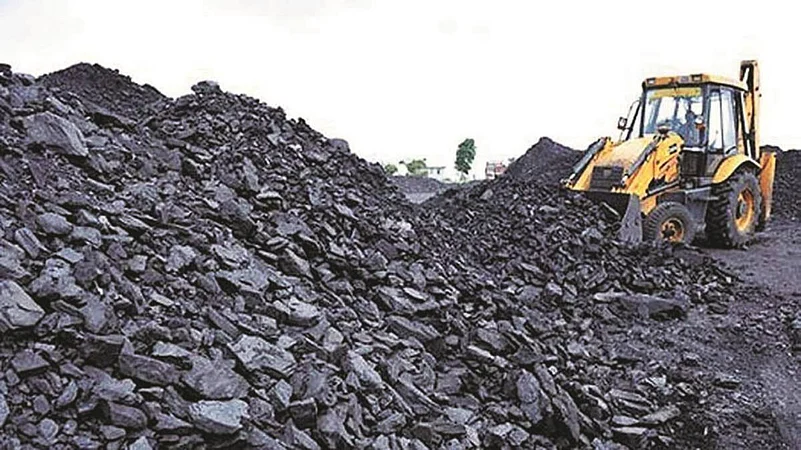Power shortages are likely to continue in the short to medium term on rising demand in the peak season and the persisting supply-demand mismatch, according to a foreign brokerage report which attributed the recurring annual crisis to the slower thermal capacity addition in the past few years.
Thermal capacity addition has lagged power demand that grew steadily at 4 per cent annually between FY10 and FY19 as against thermal capacity addition which rose only 9 per cent during this period. The capacity addition declined to just about 2 per cent between FY19 and FY22 when demand jumped 5 per cent.
Advertisement
Thermal power contributes as much as 75 per cent of the country's total power generation.
This demand-supply mismatch has been due to multiple stressed projects, focus on renewable, the report by Bank of America Securities said on Monday.
Besides, harsh seasons and higher economic activity have increased the peak power deficit to 1.3 per cent as against 0.4 per cent in FY20-21.
With new capacity expansion to take least two-three years and renewables generation limited to 10-11 per cent on lower plant load factors, the report said that power shortages/coal demand spikes in the peak seasons are likely to continue going forward.
Advertisement
As the government is trying to resolve the crisis with the resolution of stressed capacity and increasing coal supplies by allowing imports, lenders are in for good times, the report said.
Currently, seven projects worth 9.3 GW and debt of Rs 45,200 crore are undergoing insolvency resolution process while 10 projects of 10.5 GW and debt of Rs 37,200 crore are likely to be liquated completely.
The power sector NPAs are at Rs 50,300 crore and most of the exposure is for SBI, BoB, ICICI Bank and Axis Bank.
An additional over 27 GW of thermal capacity is expected by FY26 which should help avoid future supply-demand mismatch. Out of the total, the states are adding 15.6 GW and the central PSUs 12 GW, of which 7.3 GW would be by NTPC.
Overall, the report expects 30 GW capacity to come on line in the next three to four years with 27 GW of new capacity and 3-4 GW from the resolved projects.















 Just one email a week
Just one email a week